Ditapis dengan
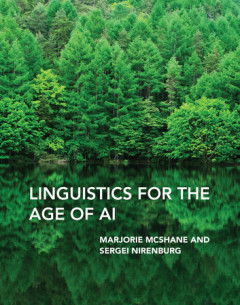
Linguistics for the Age of AI
A human-inspired, linguistically sophisticated model of language understanding for intelligent agent systems. One of the original goals of artificial intelligence research was to endow intelligent agents with human-level natural language capabilities. Recent AI research, however, has focused on applying statistical and machine learning approaches to big data rather than attempting to model w…
- Edisi
- -
- ISBN/ISSN
- 9780262363136
- Deskripsi Fisik
- 449p
- Judul Seri
- -
- No. Panggil
- 401.430285635 Ser L
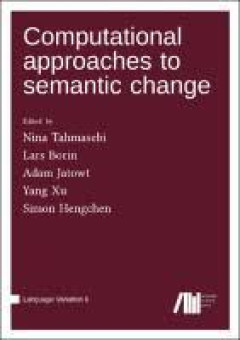
Computational approaches to semantic change
Semantic change — how the meanings of words change over time — has preoccupied scholars since well before modern linguistics emerged in the late 19th and early 20th century, ushering in a new methodological turn in the study of language change. Compared to changes in sound and grammar, semantic change is the least understood. Ever since, the study of semantic change has progressed steadily…
- Edisi
- -
- ISBN/ISSN
- 978-3-96110-312-6
- Deskripsi Fisik
- 394p.
- Judul Seri
- -
- No. Panggil
- 401.43 Nin C
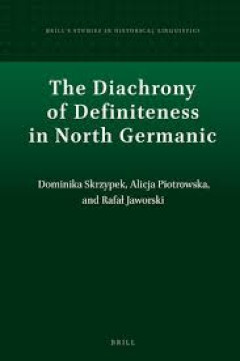
The Diachrony of Definiteness in North Germanic
- Edisi
- Volume 14
- ISBN/ISSN
- 978-90-04-46368-4
- Deskripsi Fisik
- xiv,260P.
- Judul Seri
- -
- No. Panggil
- 439.5 Dom T
- Edisi
- Volume 14
- ISBN/ISSN
- 978-90-04-46368-4
- Deskripsi Fisik
- xiv,260P.
- Judul Seri
- -
- No. Panggil
- 439.5 Dom T
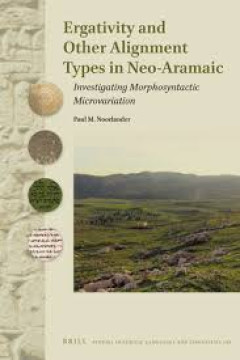
Ergativity and Other Alignment Types in Neo-Aramaic
The alignment splits in the Neo-Aramaic languages display a considerable degree of diversity, especially in terms of agreement. While earlier studies have generally oversimplified the actual state of affairs, Paul M. Noorlander offers a meticulous and clear account of nearly all microvariation documented so far, addressing all relevant morphosyntactic phenomena. By means of fully glossed and tr…
- Edisi
- Volume: 103
- ISBN/ISSN
- 978-90-04-44818-6
- Deskripsi Fisik
- xviii,436p.
- Judul Seri
- -
- No. Panggil
- 492 Pau E
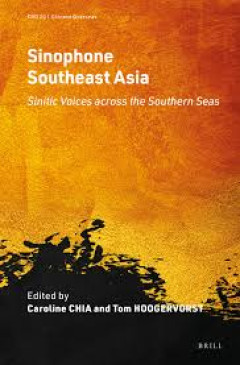
Sinophone Southeast Asia
This volume explores the diverse linguistic landscape of Southeast Asia’s Chinese communities. Based on archival research and previously unpublished linguistic fieldwork, it unearths a wide variety of language histories, linguistic practices, and trajectories of words. The localized and often marginalized voices we bring to the spotlight are quickly disappearing in the wake of standardization…
- Edisi
- Volume 20
- ISBN/ISSN
- 978-90-04-47326-3
- Deskripsi Fisik
- xviii,259p.
- Judul Seri
- -
- No. Panggil
- 495.1 Tom S
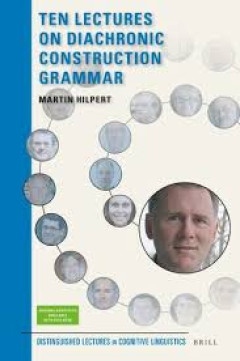
Ten Lectures on Diachronic Construction Grammar
In this book, Martin Hilpert lays out how Construction Grammar can be applied to the study of language change. In a series of ten lectures on Diachronic Construction Grammar, the book presents the theoretical foundations, open questions, and methodological approaches that inform the constructional analysis of diachronic processes in language. The lectures address issues such as constructional n…
- Edisi
- Volume 26
- ISBN/ISSN
- 978-90-04-44679-3
- Deskripsi Fisik
- ix,281P.
- Judul Seri
- -
- No. Panggil
- 415.01 Mar T
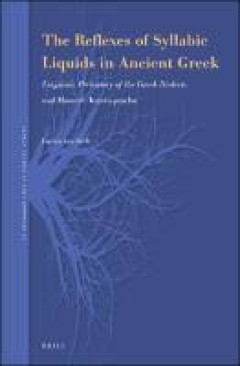
The Reflexes of Syllabic Liquids in Ancient Greek
How can we explain metrical irregularities in Homeric phrases like ἀνδροτῆτα καὶ ἥβην? What do such phrases tell us about the antiquity of the epic tradition? And how did doublet forms such as τέτρατος beside τέταρτος originate? In this book, you will find the first systematic and complete account of the syllabic liquids in Ancient Greek. It provides an up-t…
- Edisi
- Volume 22
- ISBN/ISSN
- 978-90-04-46974-7
- Deskripsi Fisik
- xxii,564P.
- Judul Seri
- -
- No. Panggil
- 480 Luc T

Quranic Arabic
What was the language of the Quran like, and how do we know? Today, the Quran is recited in ten different reading traditions, whose linguistic details are mutually incompatible. This work uncovers the earliest linguistic layer of the Quran. It demonstrates that the text was composed in the Hijazi vernacular dialect, and that in the centuries that followed different reciters started to classiciz…
- Edisi
- Volume 106
- ISBN/ISSN
- 978-90-04-50625-1
- Deskripsi Fisik
- xxi,351P.
- Judul Seri
- -
- No. Panggil
- 492.7 Mar Q
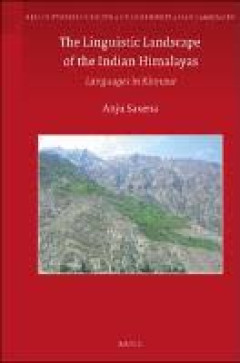
The Linguistic Landscape of the Indian Himalayas
This monograph is a contribution to the documentation of the linguistic situation of the Kinnaur district in Himachal Pradesh (Indian Himalayas) which has been so far almost undescribed. The Sino-Tibetan languages Kinnauri and Navakat and the Indo-Aryan language Kinnauri Pahari, all spoken in Kinnaur, are described both individually and as parts of a multifaceted linguistic ecology that extends…
- Edisi
- Volume 14
- ISBN/ISSN
- 978-90-04-51364-8
- Deskripsi Fisik
- xvii,479P.
- Judul Seri
- -
- No. Panggil
- 495.4 Anj T
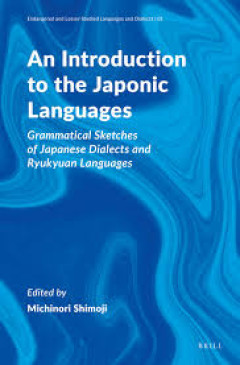
An Introduction to the Japonic Languages
Japanese is definitely one of the best-known languages in typological literature. For example, typologists often assume that Japanese is a nominative-accusative language. However, it is often overlooked that Japanese, or more precisely, Tokyo Japanese, is just one of various local varieties of the Japonic language family (Japanese and Ryukyuan). In fact, the Japonic languages exhibit a surprisi…
- Edisi
- Volume 1
- ISBN/ISSN
- 978-90-04-51910-7
- Deskripsi Fisik
- xvi,341P.
- Judul Seri
- -
- No. Panggil
- 495.67 Mic A
 Karya Umum
Karya Umum  Filsafat
Filsafat  Agama
Agama  Ilmu-ilmu Sosial
Ilmu-ilmu Sosial  Bahasa
Bahasa  Ilmu-ilmu Murni
Ilmu-ilmu Murni  Ilmu-ilmu Terapan
Ilmu-ilmu Terapan  Kesenian, Hiburan, dan Olahraga
Kesenian, Hiburan, dan Olahraga  Kesusastraan
Kesusastraan  Geografi dan Sejarah
Geografi dan Sejarah